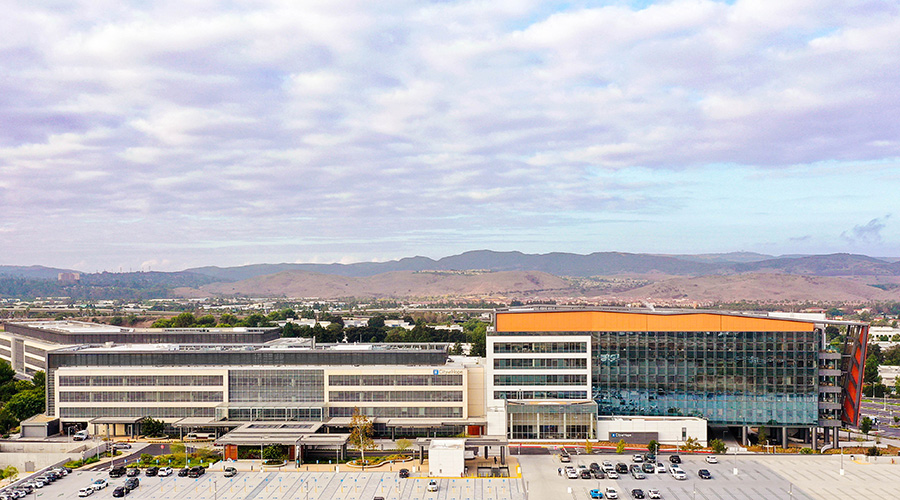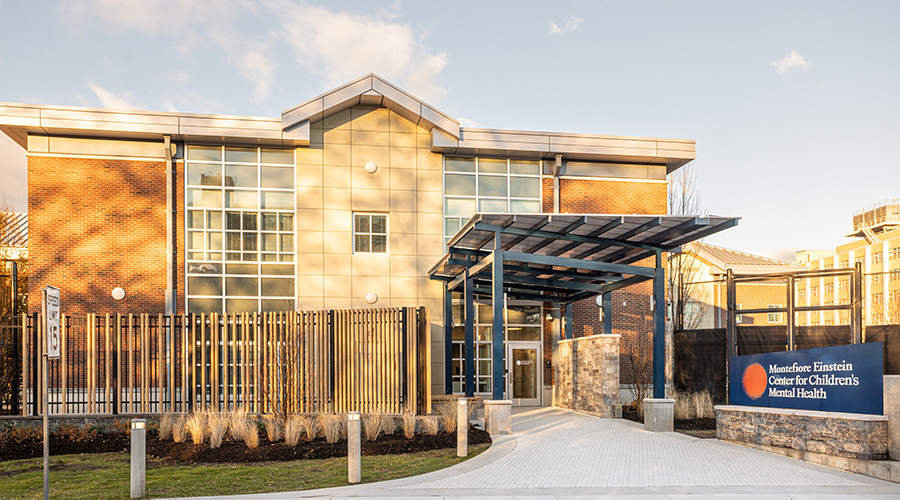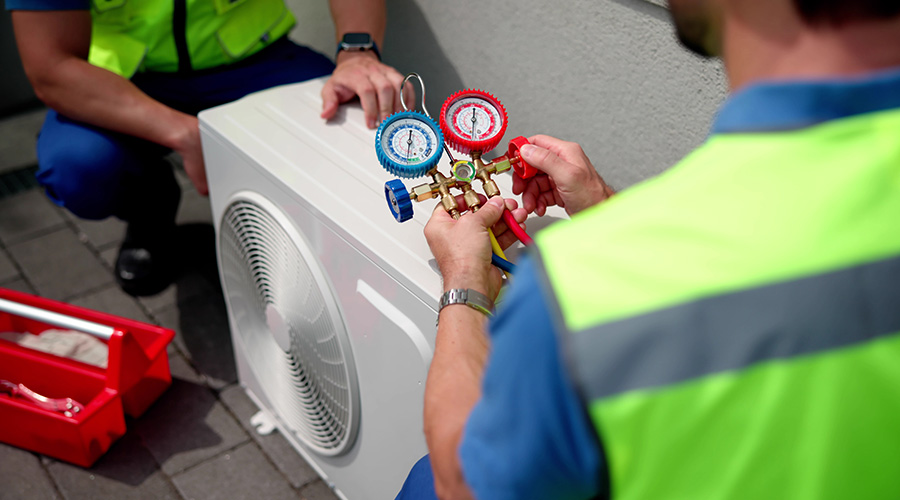Designers need to approach their projects with the end result in mind. When it comes to creating a senior care facility, each step needs to be meticulously planned so that they are able to produce a livable product. In the early stages of designing, professionals have sought out feedback from staff, residents and families to help identify known problem areas and provide focus on solving specific issues, like wayfinding.
Healthcare Facilities Today recently spoke with Aaron Woodward, senior designer, Kolano Design on how designers can identify wayfinding challenges and improve it before seniors move in.
HFT: What are the most common wayfinding challenges in senior care facilities, and how do you address them?
Aaron Woodward: When everything looks the same, it’s hard to know where you are. Long hallways, repetitive layouts, and too many signs can make things even more confusing. To help with this, designers can create unique visual themes for different areas, simplify decision points, and add familiar landmarks to make it easier for residents to find their way.
Related Content: The Reason Behind the Luxury Senior Care Facilities Boom
HFT: How can designers prevent disorientation in long hallways or repetitive layouts?
Woodward: Designers can incorporate visual markers such as door frames, artwork, seating areas, color variations, or environmental graphics to create points of interest. Destinations can be enhanced architecturally by creating portals in large open spaces or at the end of a long corridor. Make these stand out in contrast with illuminated letters. All of this can be used to further reinforce spatial awareness, helping residents recognize their location and move with greater confidence.
HFT: What are the most common adjustments you make after a facility is in use?
Woodward: Human behavior is shaped by many subtle factors that may not be immediately obvious. It’s common to add supplemental signage to bridge gaps in wayfinding, helping users make intuitive connections. If one directional cue falls short, identifying a logical connection point can guide users seamlessly to the next waypoint. Staff insights—based on their observations and firsthand experiences—are invaluable in uncovering areas where navigation may need reinforcement. In some cases, the solution isn’t just better signage but creating a more inviting space that naturally draws people in.
Mackenna Moralez is the associate editor of the facilities market and the host of the Facilities in Focus podcast.

 State of the Facilities Management Industry in 2025
State of the Facilities Management Industry in 2025 City of Hope to Open New Cancer Specialty Hospital in California
City of Hope to Open New Cancer Specialty Hospital in California Montefiore Einstein Opening New Inpatient Center for Youth in the Bronx
Montefiore Einstein Opening New Inpatient Center for Youth in the Bronx Skill Stacking: How Micro-Credentials Are Reshaping Trades
Skill Stacking: How Micro-Credentials Are Reshaping Trades Prima Medicine Opens New Location in Tysons, Virginia
Prima Medicine Opens New Location in Tysons, Virginia